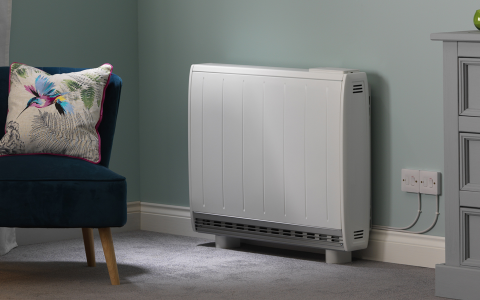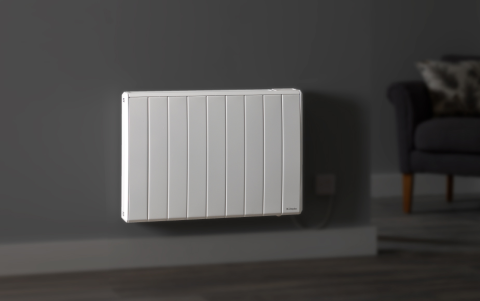The CCC’s June 2020 Emissions Progress Report
The Committee on Climate Change’s (CCC) most recent update on how the UK is progressing towards the achievement of emissions-based targets, such as net zero by 2050 and the carbon budgets, has certainly been listened to. There is no doubt that it influenced the Chancellor's recent Summer Economic Update and the decision to target a green recovery from the Covid-19 crisis.
So, what does the CCC see as the future of construction and what can be done to prepare for the changes this will make to HVAC specification?
We have summarised key industry insights in our 196-page report, structured by most commonly asked questions
Our report covers :
- How has lockdown affected the UK’s emissions progress?
- Has investment in low carbon solutions been shown to be commercially beneficial?
- Is the carbon tax scheme in London going to be applied to the whole of the UK? What does this mean for the development of upcoming regulation changes?
- Will Government address the cost difference between electricity and gas?
Our range of HVAC solutions aim to provide future proof technologies to building projects over various sectors.

Get up to speed on EcoDesign Lot 20
Eight considerations that installers need to know about the impending EcoDesign Lot 20 legislation.

Zeroth Energy System shortlisted for prestigious London Construction Award

A Quantum improvement
With a housing stock that dates from the 1900s to present day, Vale of Aylesbury Housing Trust provides affordable housing for more than 17,000 people living and working in Aylesbury and the surrounding villages of the Vale.











